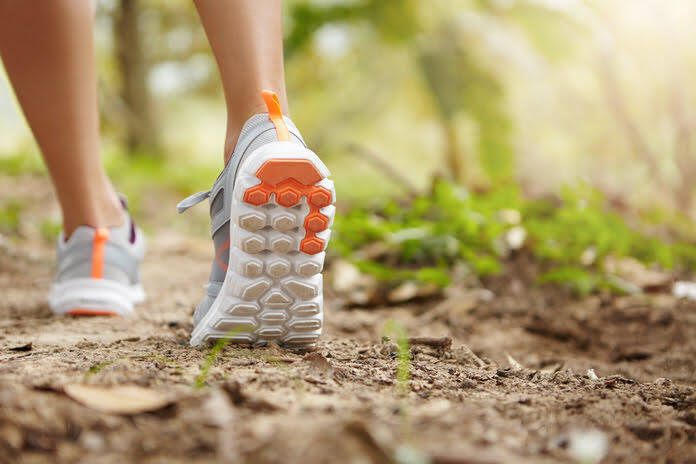Is wearing hiking boots really necessary? is the main conundrum. Can you wear hiking boots instead? Or even hiking boots—does it even matter? The gist of it is that you most likely don’t require hiking boots, but this guide will help you figure it out. Most hikers are better off using hiking boots or trail boots. You can follow along as I go over each choice and explain why it makes sense to utilize it.
In my capacity as a professional hiking guide, I have tested a wide variety of hiking shoes over thousands of miles. This expertise has led to the recommendations in this guide. I’ve found that most daily hikers on the PCT and AT have similar experiences. I am not compensated by any hardware manufacturer to tout their product, be it a shoe or a fix.
Hiking Boots, What You Really Need
These are the elements that are crucial when selecting hiking boots:
-
- Your feet ought to be shielded. In other words, the elements shouldn’t nick or hurt your feet.
- Their comfort is a priority. Using them shouldn’t cause blisters for you.
- They need to be thin. On your hikes, you will be on your feet a lot. Every gram you save by raising your feet provides you with more energy to go farther.
What About the Ankle Brace?
The ankle is biomechanically supported by a high-cuff hiking shoe, according to the research. However, in my personal experience, it doesn’t matter when hiking with a 40-pound rucksack. Exercises to strengthen the ankles are recommended if you frequently sprain your ankles.
Do Shoes With Water Resistance Have Any Use?
Another idea that appears to be a smart one on paper but isn’t as effective in practice is waterproofing. Furthermore, “breathable” waterproofing materials like Gore-Tex are also affected. Even though I won’t get into all the specifics, I can say that you really only need it for winter hiking after traveling hundreds of kilometers.
Allow water to enter rather than prevent it. Your feet become wet and dry rapidly in footwear with a highly permeable upper. This will keep your feet dry and make it less likely that you will get blisters on the path. The majority of hikers on the PCT and AT today wear breathable shoes. Therefore, use breathable uppers rather than waterproof ones when picking out your hiking boots.
Waterproof footwear becomes heavy and mushy when it is completely soaked. Water cannot accumulate inside breathable footwear.
Don’t Forget to Wear Comfortable Socks
Pick a sturdy, quickly-drying wool sock. I’ve also tried waterproof socks, which are excellent in wet weather. The weight of socks varies depending on the temperature. Choose thinner socks when it’s warm. Be aware that thicker socks may make a shoe fit more snugly, which can lead to more friction and blisters. A half-size higher will allow you to fit thicker socks if you’re purchasing hiking boots for the winter (we’ll get to that later).
Generally Speaking, Hiking Boots Are a Solid Choice
Trail shoes and hiking shoes combine their best features to create hiking shoes. On the other hand, they often offer the same level of protection as hiking boots while being lighter and more comfortable (because they don’t have a cuff around the ankle). Hiking shoes are built to last longer than trail shoes (approximately 800 miles, or 9 to 18 months for most individuals), but they tend to be a little heavier due to the increased protection. In comparison to hiking shoes, they are a little stiffer. For hikers, the ideal balance generally comes from strength, low weight, and protection.
Featured Image: Freepik @ wayhomestudio







